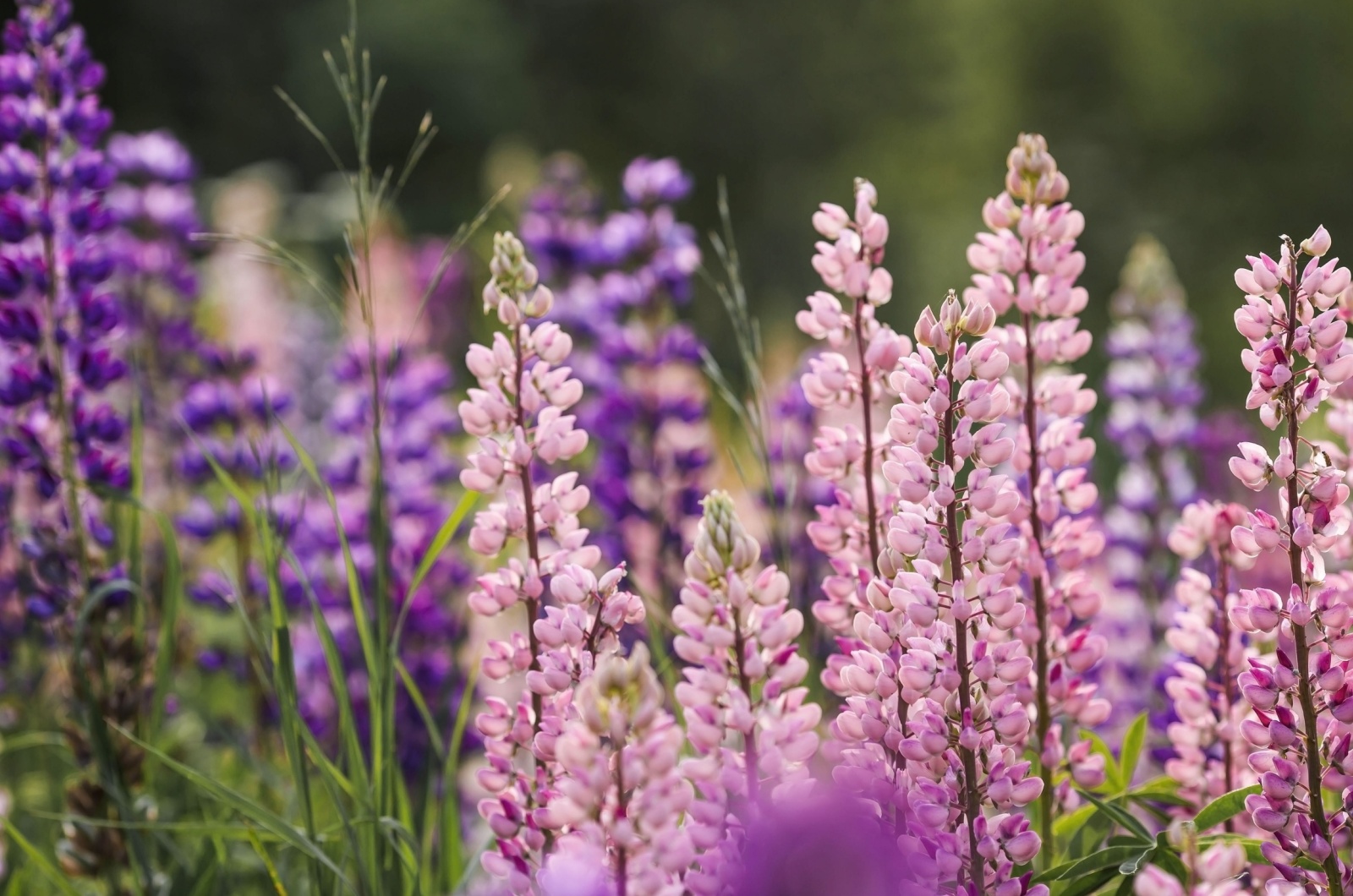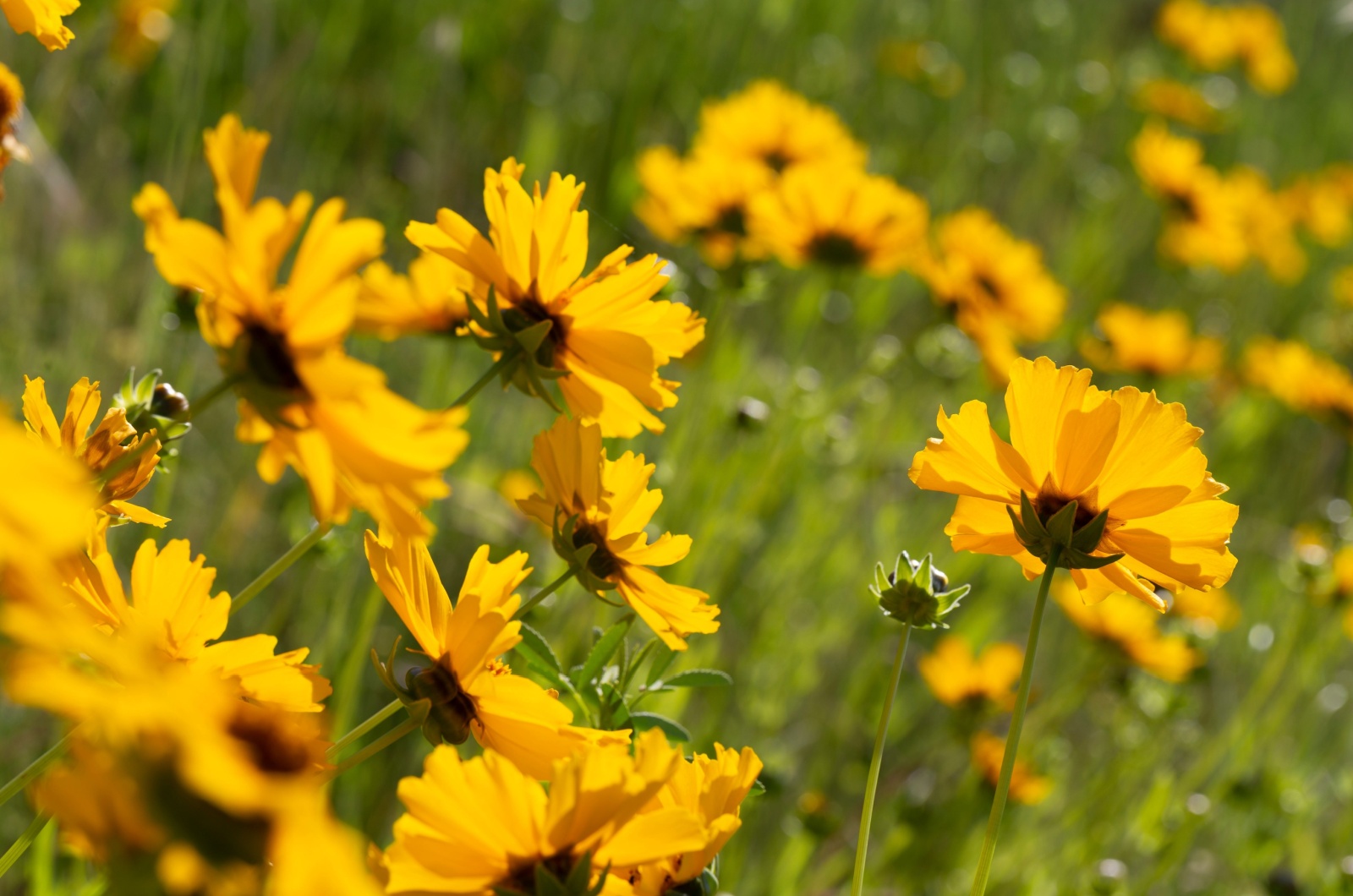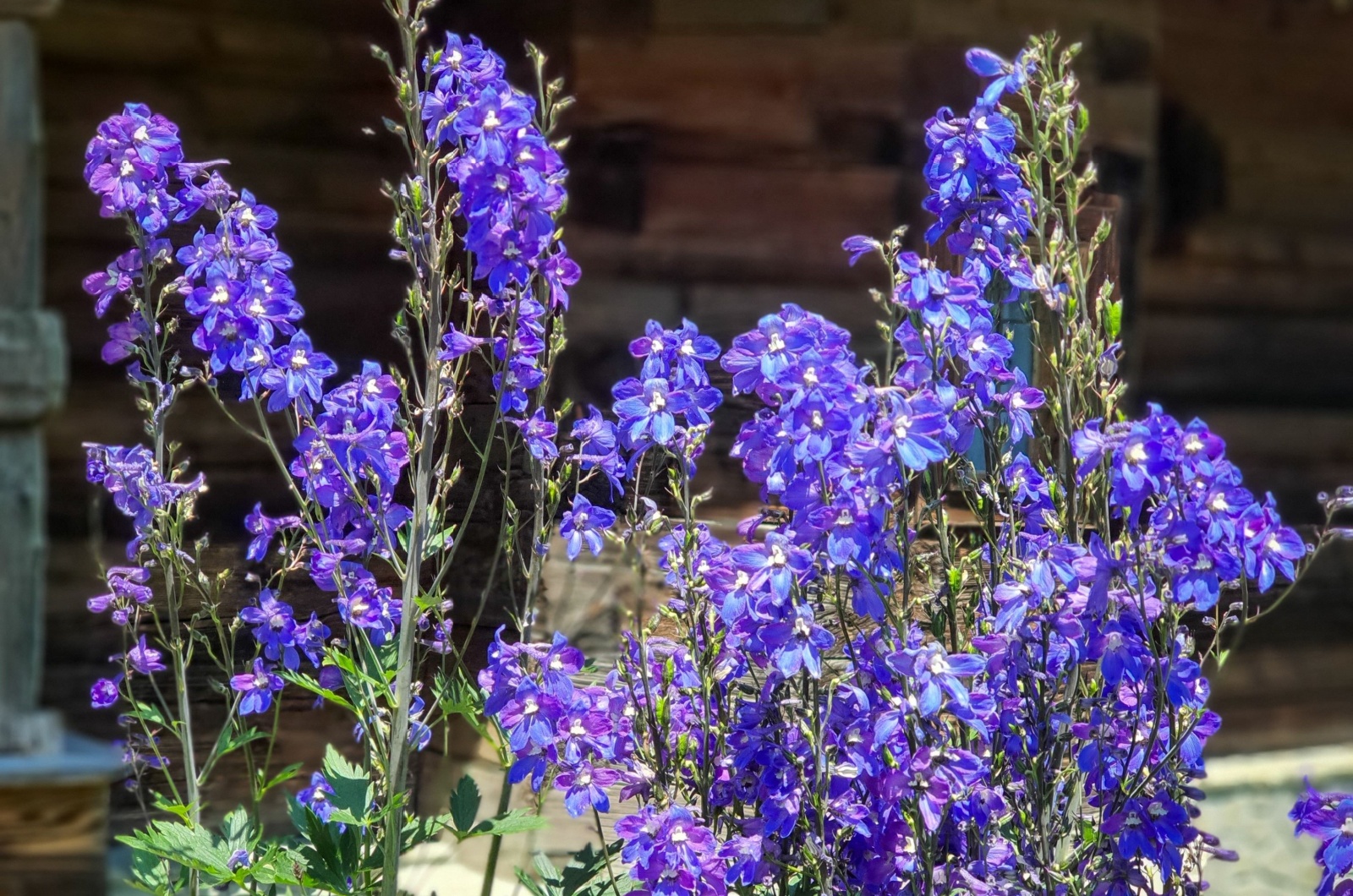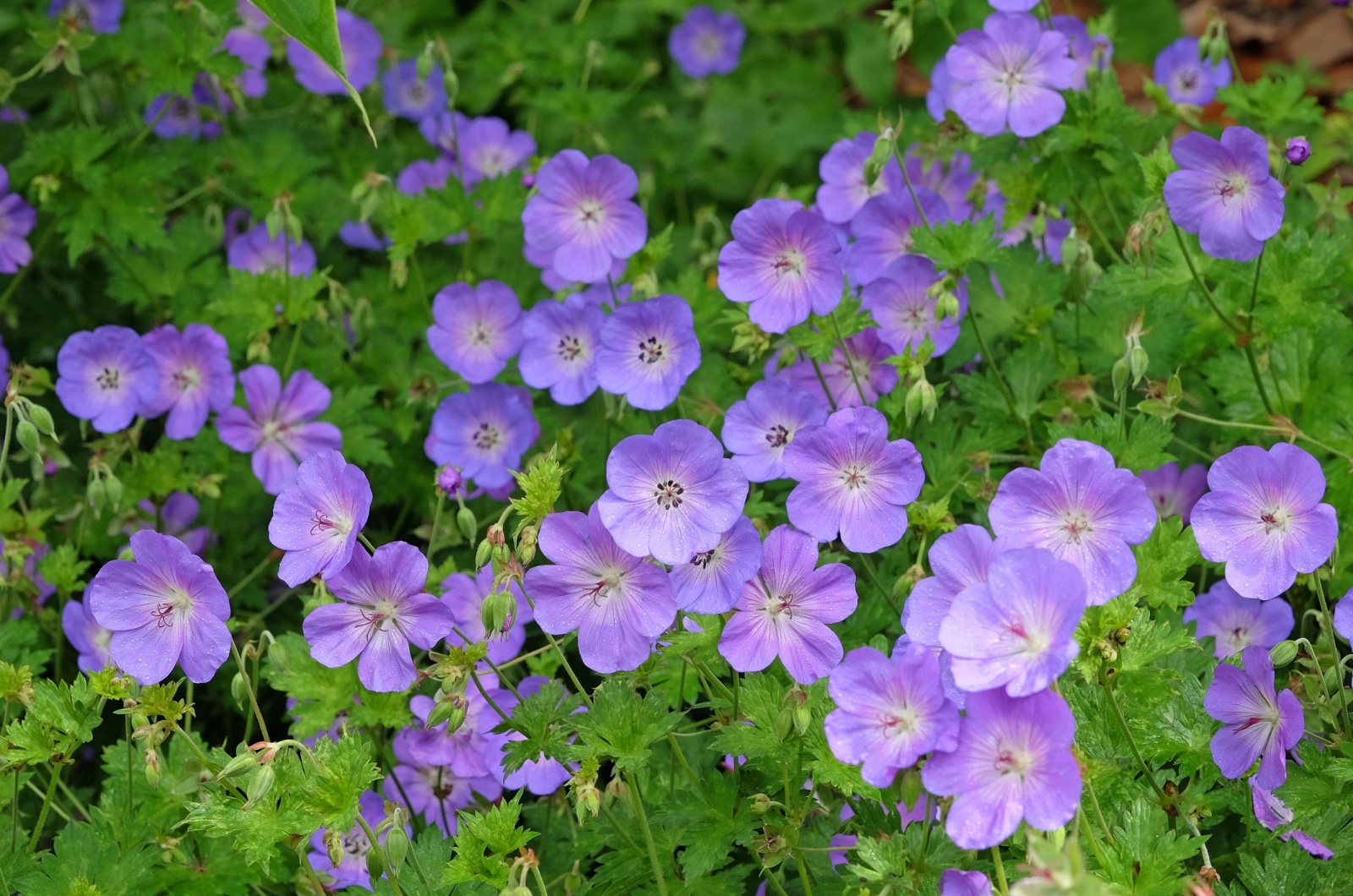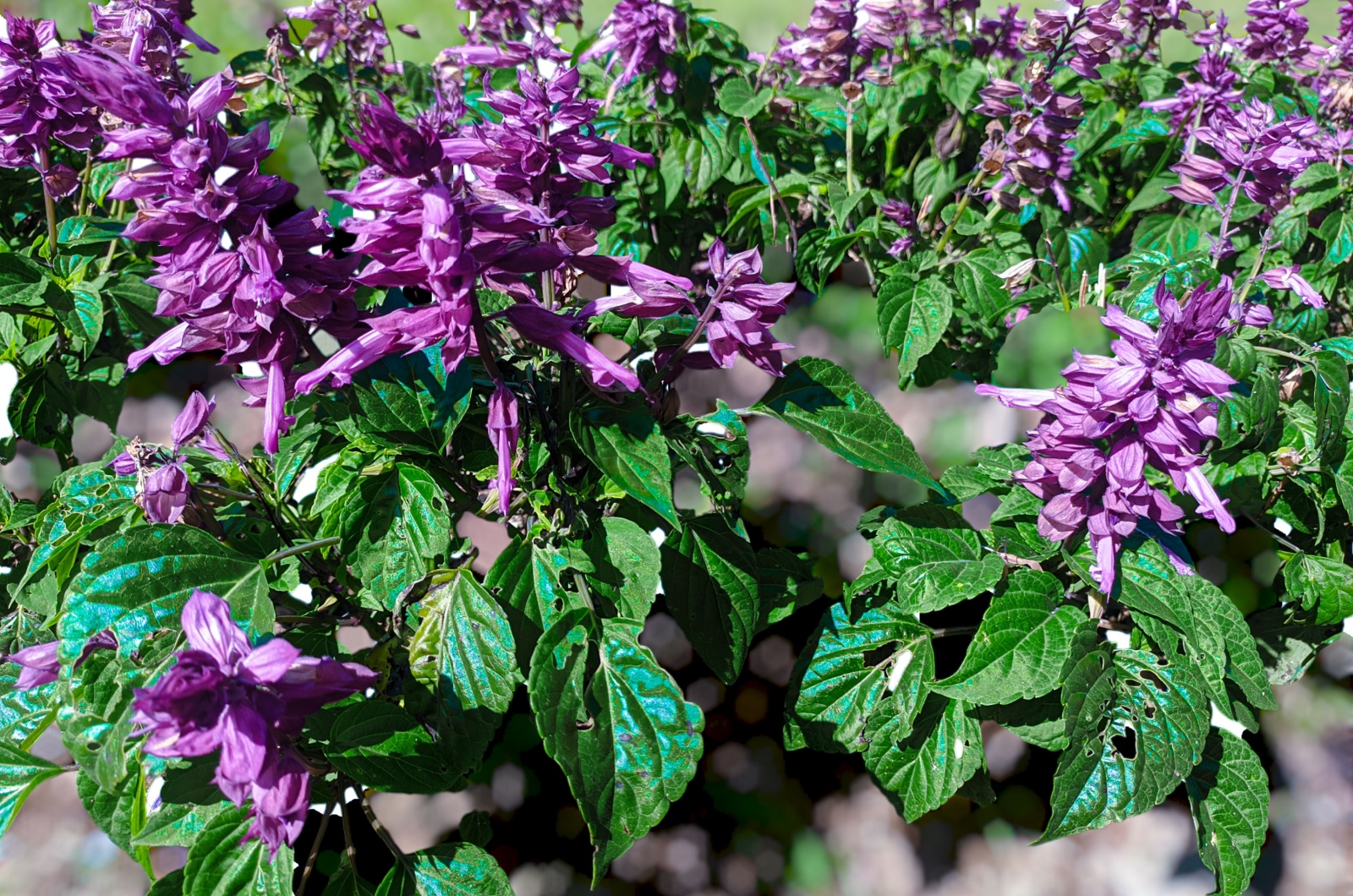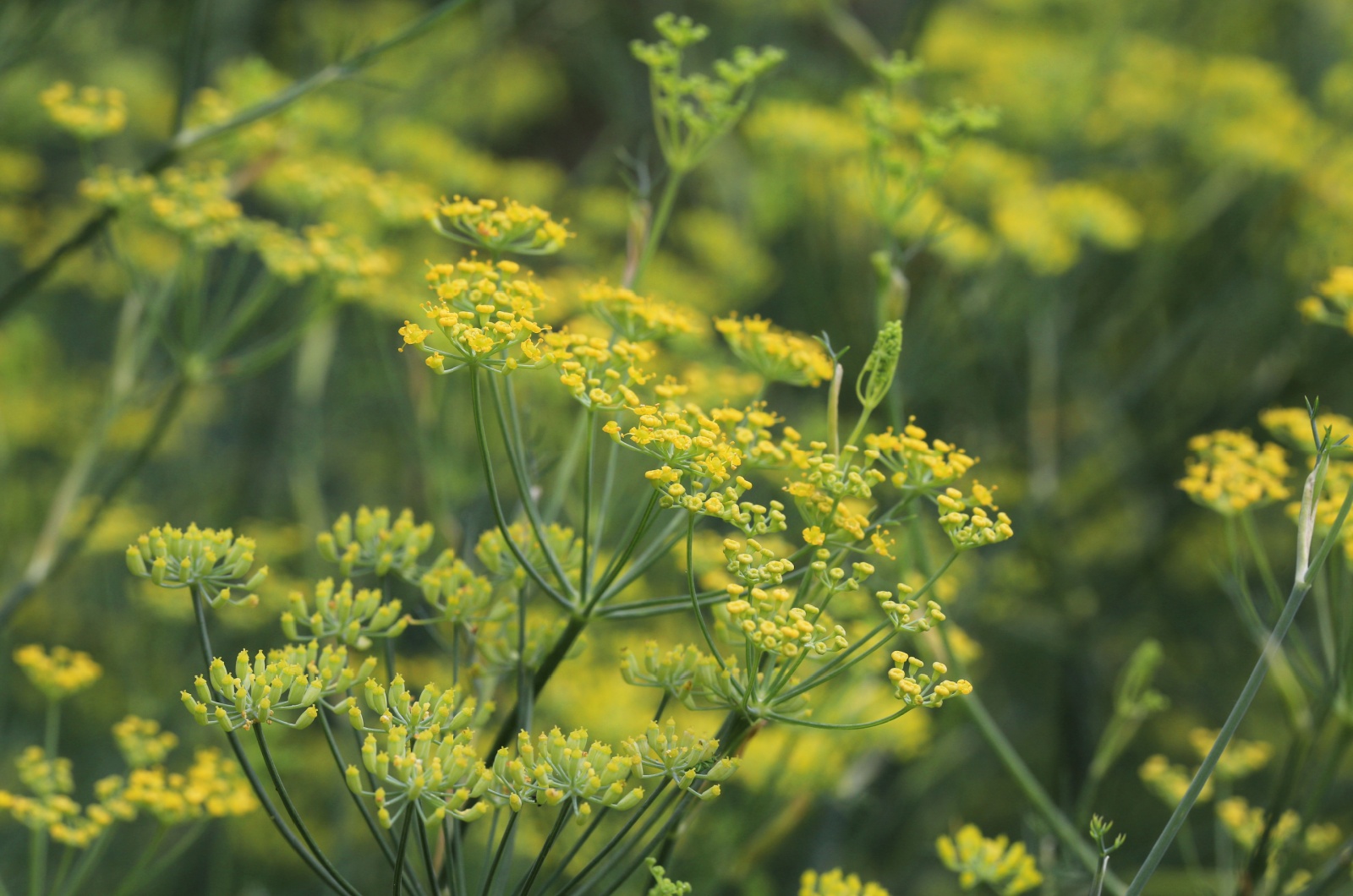Gardeners, the clock is ticking and fall is just around the corner. One thing is for certain, we all want our summer flowers to last longer!
What if I told you that you can have a gorgeous bloom display through fall from your favorite summer bloomers? Once I discovered that some of my perennials could rebloom, this part of the year was reserved for doing everything to help them.
And my secret? Cutting them back! Yes, it’s pretty surprising that perennials can benefit so much from a late summer trim.
If you have any of the 7 perennials I’m about to show you, don’t forget to cut them back! You’ll be rewarded with a second splash of blossoms!
1. Lupines Enjoy Late Summer Pruning
I’m sure most of you have already deadheaded your lupines, but if their blooms are fading away at this point, you can take one more step and help them rebloom.
All you need to do is cut back the spent flowering stalks to near ground level.
Lupines perform best if deadheaded once their blooming stalks die back by about ⅔. The top third of the stalk is still vibrant and colorful.
There will most likely be new flower buds near the stem, so just trim above the fresh growth. On the other hand, if there are no new buds, trim the lupine stem close to the ground, preferably at a branching point.
2. Prolong The Flowering Season Of Your Coreopsis
Coreopsis is definitely one of my favorite long-blooming perennials. I got it when I was still a beginner and managed to keep it alive easily.
If you want to enjoy its daisy-like blossoms for a long time, all you need to do is cut the plant back in late summer.
Aim to trim back your coreopsis to about a third to encourage new stems to develop and produce lovely blooms in the fall.
This is a great way to revive a leggy or straggly coreopsis and bring it back to its former glory.
3. Delphiniums Can Also Rebloom!
Tall spikes of vibrant blossoms are a trademark of lovely delphinium plants. Nothing looks prettier than a July cottage garden filled with numerous delphinium blooms.
But if you want the same scenario in the fall, you should cut the plant back. The blooms will be somewhat smaller, but their beauty will still be incomparable.
Many gardeners trim their delphiniums after flowering, which is typically reserved for July. But if you live in warmer climates, you can prune the plant back in late summer.
I always cut it back to about 2 inches above the ground and feed it with a fertilizer rich in potassium to encourage blooming.
4. Hardy Geraniums Will Flower Again In No Time
The pink, purple, white, and blue flowers of hardy geraniums ensure these plants a spot in almost every summer garden.
As an added bonus, they are super easy to maintain and have a fast growth rate.
Deadheading isn’t really on my list when it comes to encouraging hardy geraniums to bloom because it would take days to remove all the blossoms.
Instead, I simply prune back all growth. You’ll be amazed at how quickly they’ll regrow and produce new blooms come fall.
5. Ready For More Scented Salvia Blossoms?
There are definitely a lot of reasons to grow a salvia plant. They’re reliable perennials with lovely fragrant blossoms that attract wildlife.
Believe it or not, there are over 900 varieties of these plants, so you shouldn’t have any issues finding one for yourself if you don’t own any.
You can expect the blooms to start fading in mid-summer. A common problem with salvias is that they tend to become leggy, even after deadheading.
A light trim is the perfect solution to this issue and will encourage the plant to produce a second set of blossoms!
6. Trim Bronze Fennel For More Flat-Topped Blossoms
Splendid bronze fennel adorns gardens worldwide, and many grow it for their edible seeds and leaves. Bees, butterflies, and various other pollinators adore it, so it’s a perfect choice for summer gardens.
There are two ways to encourage your bronze fennel to produce new flowering stalks. The first one is to harvest the leaves and the second one is to cut all the stalks back.
You may already know that this is a self-seeding plant, so cutting it back will prevent it from spreading seeds all over your yard.
7. Help Your Lady’s Mantle Restore Energy
And the last plant on our list that can reward you with a second set of blooms is the captivating Alchemilla mollis aka Lady’s mantle.
In summer, this plant produces bright green foliage and unique lime-green tiny blooms. Many gardeners use Lady’s mantle as a ground cover.
Once August arrives, your Alchemilla may look a bit tired and without any energy for new growth.
If you cut it to the base, you’ll be surprised how quickly it regrows and produces new foliage and blooms during fall.
There’s no need to wave goodbye to your favorite summer perennials! Simply cut them back using our tips and enjoy the second set of their lovely blooms!


